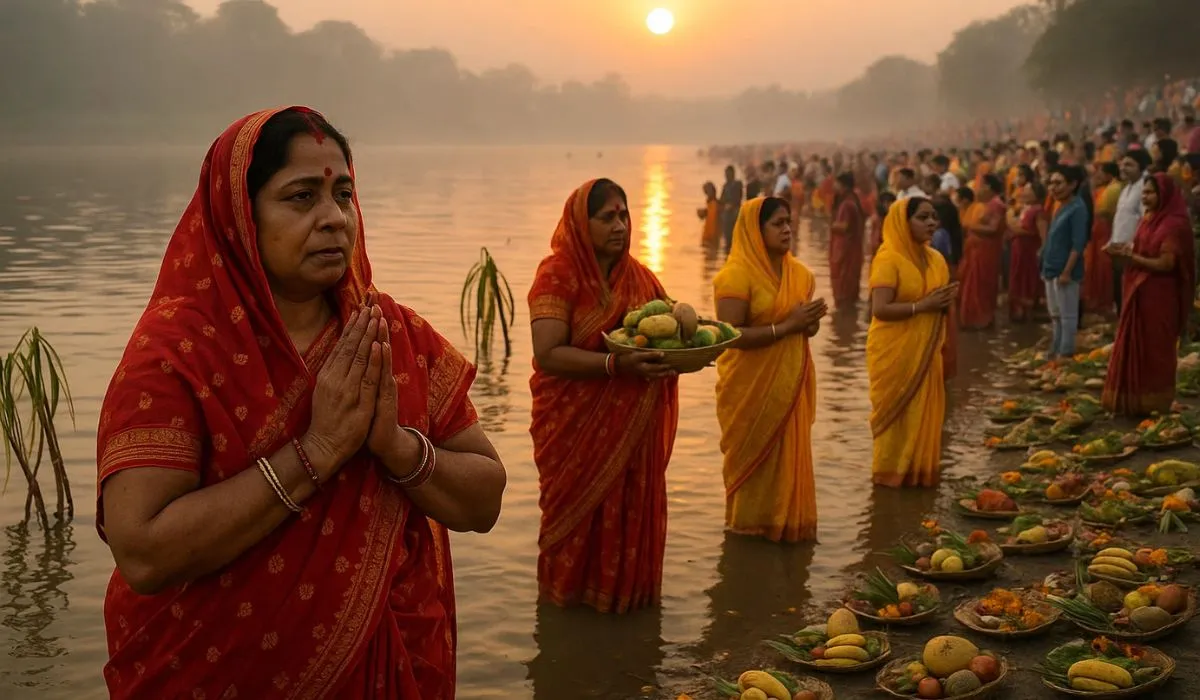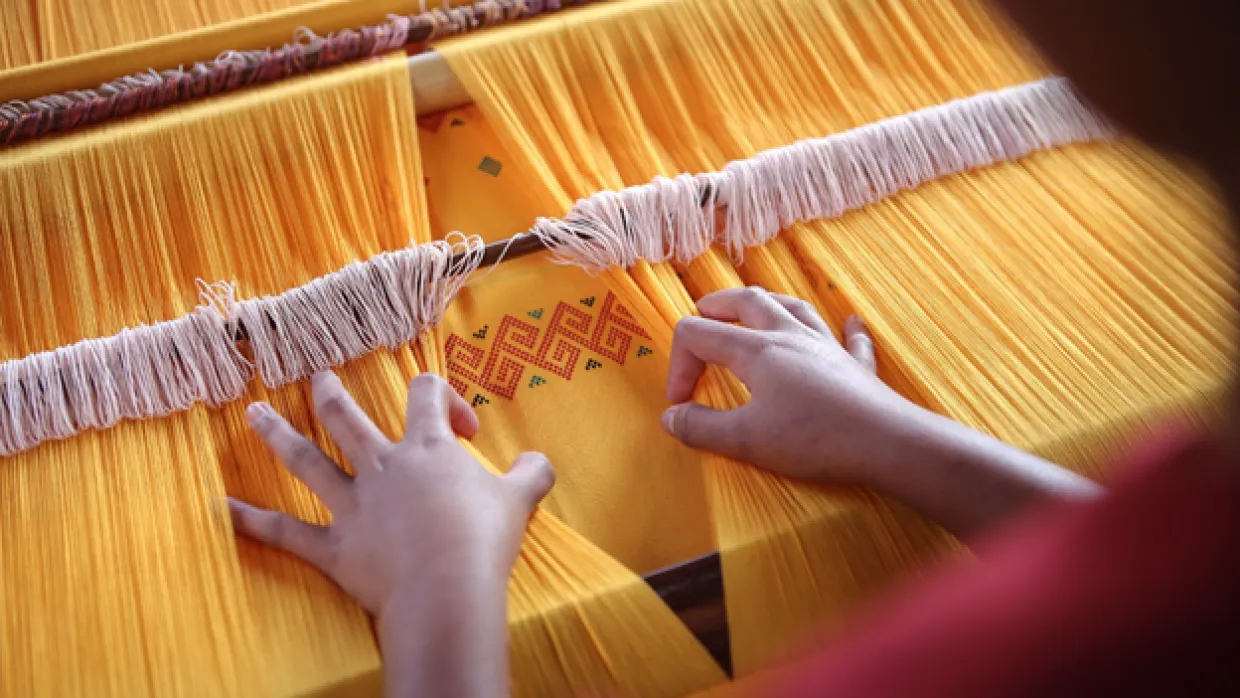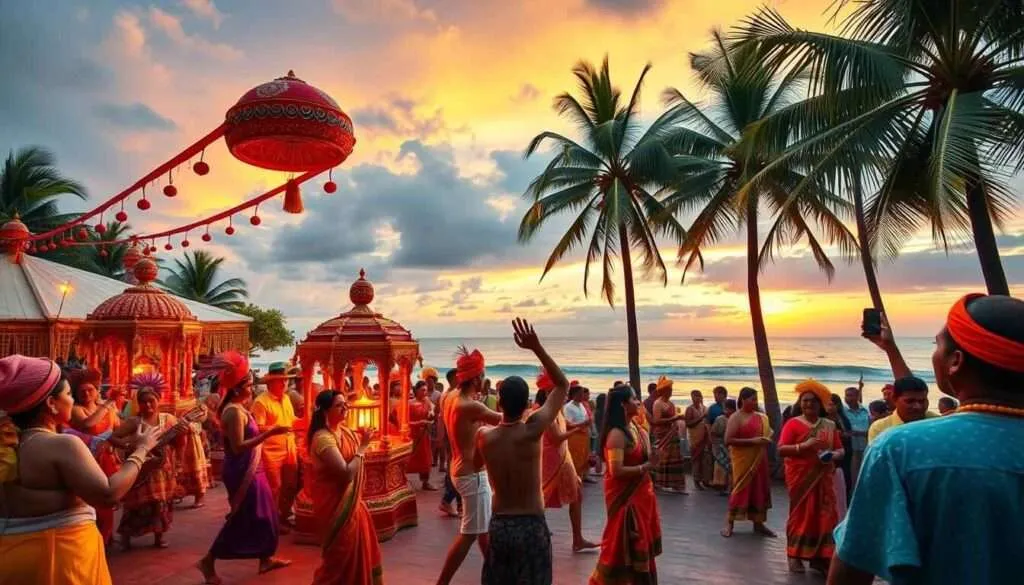Chhath Puja is now being embraced in Assam with growing devotion and joy. Though the festival is more familiar in Bihar, Jharkhand and parts of Uttar Pradesh, it is being more widely celebrated in Assam in recent years. In Guwahati, people gather by river banks. In towns across the state, Chhath Puja is being welcomed.
The Growing Spread of Chhath in Assam
In Assam, Chhath Puja is no longer restricted to migrant communities alone. Many Assamese people join the rituals. The sense of community is being strengthened by shared worship. In Guwahati, thousands of devotees were observed offering prayers along the Brahmaputra and smaller rivers.
Read Also: Chhath Puja Bonds Maharashtra’s Faithful Communities
The festival is being observed over four days. On the first day, devotees purify themselves. On the second day, special food is prepared. On the third day, evening offerings are made to the setting sun. On the final day, morning offerings are made to the rising sun.
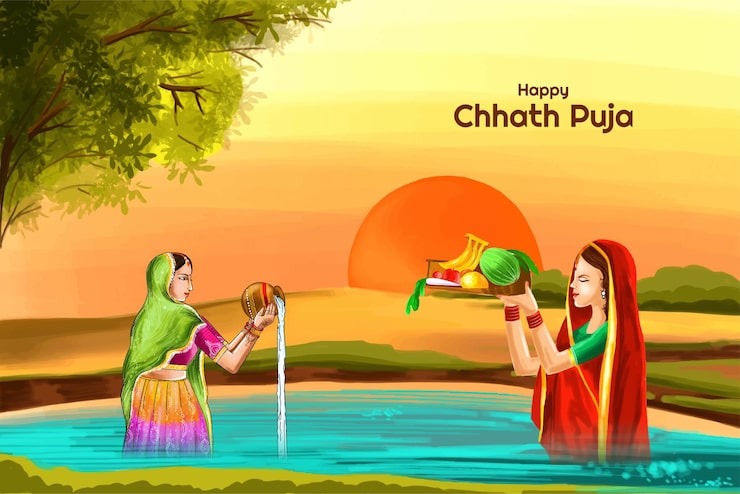
The rituals are being preserved closely. New devotees are being drawn by devotion, by community spirit, and by the spiritual message of gratitude to nature.
Traditions and Rituals in Assam’s Setting
In Assam, Chhath is being adapted to local water bodies. River banks, ghats, ponds and reservoirs are used. Special platforms are being built for devotees to stand in water during the “Arghya” ritual (offering to the sun).
Homes are being cleaned and sanctified. Pure ingredients are used. No onion, no garlic, and no tamasic items are allowed. Food is prepared fresh and with care. Thekua (a sweet made from wheat, jaggery, ghee) and seasonal fruits are being offered.
Long lines of devotees are being seen in markets. Despite price increases, puja items are being bought with zeal. Local authorities, police and administration are coordinating to ensure safety at ghats and river banks. In Guwahati, the city police issued traffic regulations during the Puja days.
Cultural programs are being held near the ghats. Folk songs, hymns, and rhythmic chants are being sung to create a spiritual atmosphere.
Social Harmony and Cultural Integration
It is being seen that Chhath Puja is becoming a connector between communities. People of different linguistic, cultural backgrounds are participating together. This has created a bond of brotherhood.
Local leaders and citizens have expressed that accepting a festival from another area strengthens unity. The festival is being seen as a bridge of solidarity.
You Must Also Like: Sun Sea and Faith Goa’s Unique Chhath Celebration
However, tensions have been reported too. In Tinsukia, opposition to using a historic pond (Na-Pukhuri) for Chhath Puja has been raised. It was argued that the pond is an archaeological site.
The Assam Chief Minister called upon parties to resolve differences peacefully. He warned that continued conflict could hurt investment in the region. Despite such local disputes, the broader acceptance of Chhath in Assam is being noted as a positive cultural shift.
Challenges and Adaptations
Many challenges are being faced. One is the availability of clean water bodies near urban areas. Some ghats are poorly maintained.
Another challenge is cost. Many essential items for Chhath Puja see price hikes. In Guwahati, items such as “tukri, supa, dagra, baddhi” have been sold at high rates.
Some devotees find it hard to fast strictly, especially in the city heat or during monsoon season. But devotion is being found to overcome hardship.
Adaptations are being made. Portable platforms are being constructed. Makeshift ghats are being organized. Local municipalities are being asked to clean and maintain river banks ahead of Chhath. In Ranchi, for example, organizers asked civic authorities to expedite ghat cleaning before Puja. Such moves are being noticed in Assam too.
Stories of Devotion
Individual stories bring color to the narrative. A family in Guwahati was observed performing the evening Arghya while small children watched quietly. Their faces were lit by diyas in leaf boats floating on water.
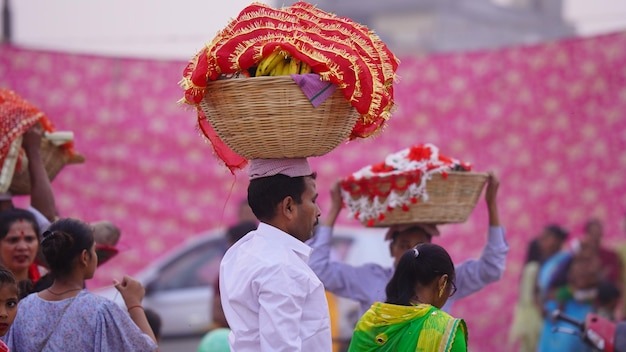
Another devotee shared that her wish for good health and prosperity for children motivated her to fast.
Many may not be childhood observers of Chhath, but the festival is being embraced with as much intensity as by native celebrants.
Impact on Local Economy
Markets are being energized by Chhath demand. Fruit vendors, vendors of bamboo baskets, metalware sellers, flower sellers all see a rise in business.
Though prices have spiked, demand remains high. Items like copper supa and kalash are being purchased as investments.
Transportation, food stalls, local lodging—all these sectors see a boost. The festival draws visitors and devotees from nearby states as well as from within Assam.
Local artisans are being hired to prepare special chests, baskets, and decorative items. Cultural programs pay local performers.
Recent Developments and Trends
In 2024, Guwahati saw large scale Chhath gatherings on river banks. The event was covered widely in media.
In Assam Tribune, the deep folk faith and purity of Chhath were highlighted. In 2025, the Assam Chief Minister intervened in a Chhath dispute in Tinsukia, urging resolution. These developments show that the festival is not only a spiritual event, but also a socio-political phenomenon in Assam.
A rising trend is the inclusion of Assamese cultural elements in programs—folk dance, Bihu songs mixed with Chhath hymns, local instruments used in performances. This blending is being welcomed by many.
Also, efforts are being made to make ghats eco-friendly. Clean water, safe steps, lighting, garbage disposal are being planned more seriously now.
Why Assam’s Embrace Matters?
- The embrace of Chhath in Assam is significant. It signals cultural openness. It reflects how traditions can move and adapt.
- The inclusion of Chhath in Assam widens its reach. It shows that devotion is not bound by region.
- It also fosters inter-state solidarity. Assamese people participating in a festival originally from east India help in breaking barriers.
- The positive aspects of such communal harmony can reinforce secular values in daily life.
Tips for Devotees in Assam
Select appropriate ghats. Use clean, accessible water bodies.
- Arrive early. Crowd and space become limited near sunset.
- Use eco-friendly materials. Avoid plastic in baskets and offerings.
- Follow safety rules. Wear non-slippery shoes, follow police guidance.
- Prepare mentally for the fast. Rest well and hydrate beforehand.
- Respect local sentiment. If ghats are restricted or disputes exist, choose alternate sites.
Join community groups. Local puja committees often coordinate and help.
Conclusion
In Assam, Chhath Puja is being celebrated with growing devotion, with joy, and with faith. Traditional rituals are being preserved, even as local adaptation is taking place. Communities are being bridged. Markets are being enlivened. Challenges remain, but the spirit of Chhath is being embraced enthusiastically.
As the sun is worshipped at sunset and sunrise, as prayers flow from river banks, the festival is being woven more deeply into Assam’s cultural fabric. The message of gratitude to nature, faith, and devotion transcends borders. Assam is now a bright canvas upon which Chhath Puja is being painted with love and unity.



